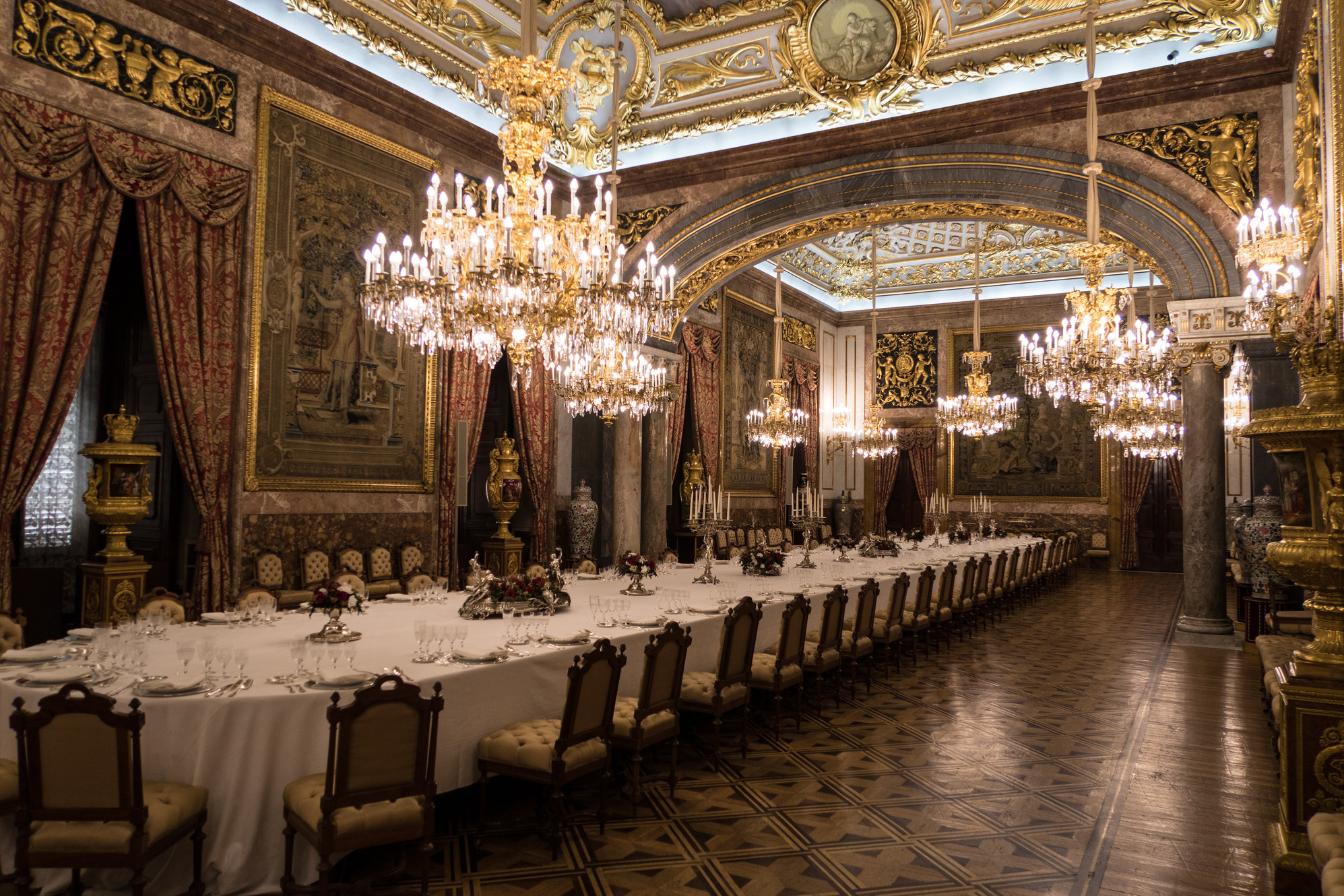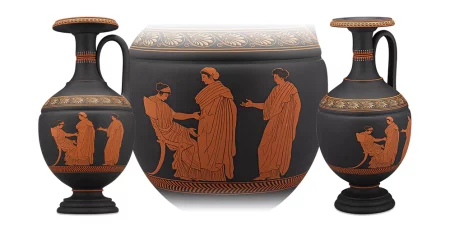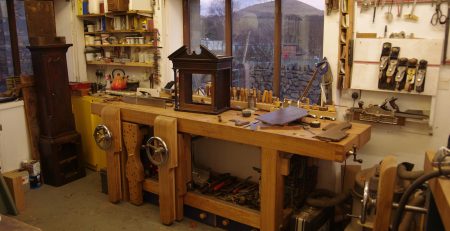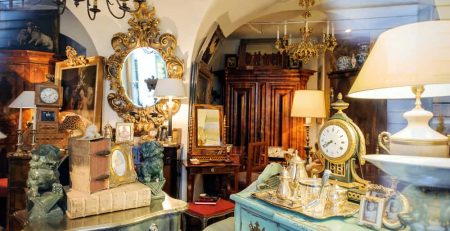The Art of Storytelling: Unraveling the History Behind Antique Furniture
Antique furniture carries with it a sense of elegance, craftsmanship, and history. Each piece tells a unique story, whispering secrets of its origins, previous owners, and the era in which it was created. Unraveling the history behind antique furniture is a delightful journey that allows us to connect with the past, appreciate the artistry of skilled artisans, and add a touch of nostalgia to our living spaces.
Antique furniture reflects the trends, styles, and cultural influences of different periods in history. From the intricately carved details of a Victorian armchair to the sleek lines of a mid-century modern sideboard, each piece captures the essence of its time. By studying the design, materials, and construction techniques, we can gain insights into the societal values, technological advancements, and artistic movements that shaped the furniture of yesteryears.
One of the joys of exploring antique furniture is discovering the hidden stories it holds. Every scratch, scuff, and repair tells a tale of its past life. A small dent might be a memento of a playful child, while a patina on the surface might reveal years of use and care. These signs of age and wear add character and authenticity to the piece, reminding us that it has witnessed generations of lives and witnessed history unfold.
Unraveling the history behind antique furniture requires a curious mind and a keen eye for detail. Here are a few steps to guide you on your journey:
- Research and Documentation:
Start by researching the specific style, period, and provenance of the piece. Consult books, online resources, and experts to understand the historical context and significance of the furniture you are investigating. Look for any available documentation, such as manufacturer’s marks, labels, or provenance records, which can provide valuable clues. - Construction and Materials:
Examine the construction techniques, joinery, and materials used in the furniture. This can give you insights into the craftsmanship and authenticity of the piece. For example, dovetail joints, hand-carved details, or hand-cut veneers are indicative of skilled craftsmanship. - Patina and Surface Features:
Observe the surface of the furniture closely. Patina, the natural aging and wear, can tell you a lot about the age and use of the piece. Look for signs of natural wear, such as uneven coloration, worn edges, or faded finishes. These details contribute to the overall character of the furniture. - Provenance and Ownership History:
If possible, trace the ownership history of the piece. This can involve researching previous owners, auction records, or family histories. Discovering the journey of the furniture from one generation to another can add a fascinating layer to its story. - Artistic Influences and Design Elements:
Explore the artistic influences and design elements of the furniture. For example, a piece might exhibit characteristics of a particular design movement like Art Nouveau or Art Deco. Understanding these influences can provide valuable insights into the time period and style of the furniture. - Seek Expert Advice:
If you’re unsure about the authenticity or history of a piece, consult with experts in the field. Antique dealers, appraisers, or furniture historians can provide guidance and expertise to help unravel the mysteries behind the furniture. - Preservation and Restoration:
Once you’ve gathered information about the history and authenticity of the piece, consider preservation and restoration options. It is important to balance the preservation of the piece’s original integrity with necessary repairs or refurbishments to ensure its longevity.
Unraveling the history behind antique furniture is a rewarding pursuit that allows us to appreciate the artistry, craftsmanship, and cultural significance of these timeless pieces. As we incorporate them into our living spaces, we breathe new life into their stories, creating a seamless blend of the past and the present. Here are a few final considerations to keep in mind as you engage with antique furniture:
- Care and Maintenance:
Antique furniture requires special care to preserve its beauty and integrity. Follow proper cleaning and maintenance practices recommended for the specific materials and finishes. Avoid harsh chemicals or abrasive cleaning agents that could damage the piece. Regularly inspect and address any signs of deterioration or damage to prevent further issues. - Display and Integration:
Antique furniture can be showcased as focal points in a room or integrated harmoniously with modern pieces to create an eclectic aesthetic. Consider the overall design and style of your space to determine the best placement and arrangement for the antique furniture. The juxtaposition of old and new can create a captivating visual impact. - Educate and Share:
Share the stories behind your antique furniture with friends, family, and guests. Educate others about the historical significance and craftsmanship of these pieces. By sharing the tales and knowledge you’ve gathered, you contribute to the preservation and appreciation of antique furniture. - Continued Exploration:
The world of antique furniture is vast and diverse. Keep exploring and learning about different styles, periods, and designers. Attend auctions, visit antique fairs, and explore specialized museums or exhibitions to broaden your understanding and appreciation.
In the art of storytelling through antique furniture, we become custodians of history, preserving the legacy of skilled artisans and the cultural heritage they left behind. As we uncover the narratives embedded within these pieces, we gain a deeper connection to the past and an appreciation for the artistry of bygone eras.
So, embark on this enchanting journey of unraveling the history behind antique furniture. Let the stories of each piece transport you to different times and places, and allow their beauty to enrich your living spaces. By embracing these treasures, we not only celebrate the craftsmanship of the past but also create enduring legacies that will be cherished by generations to come.










